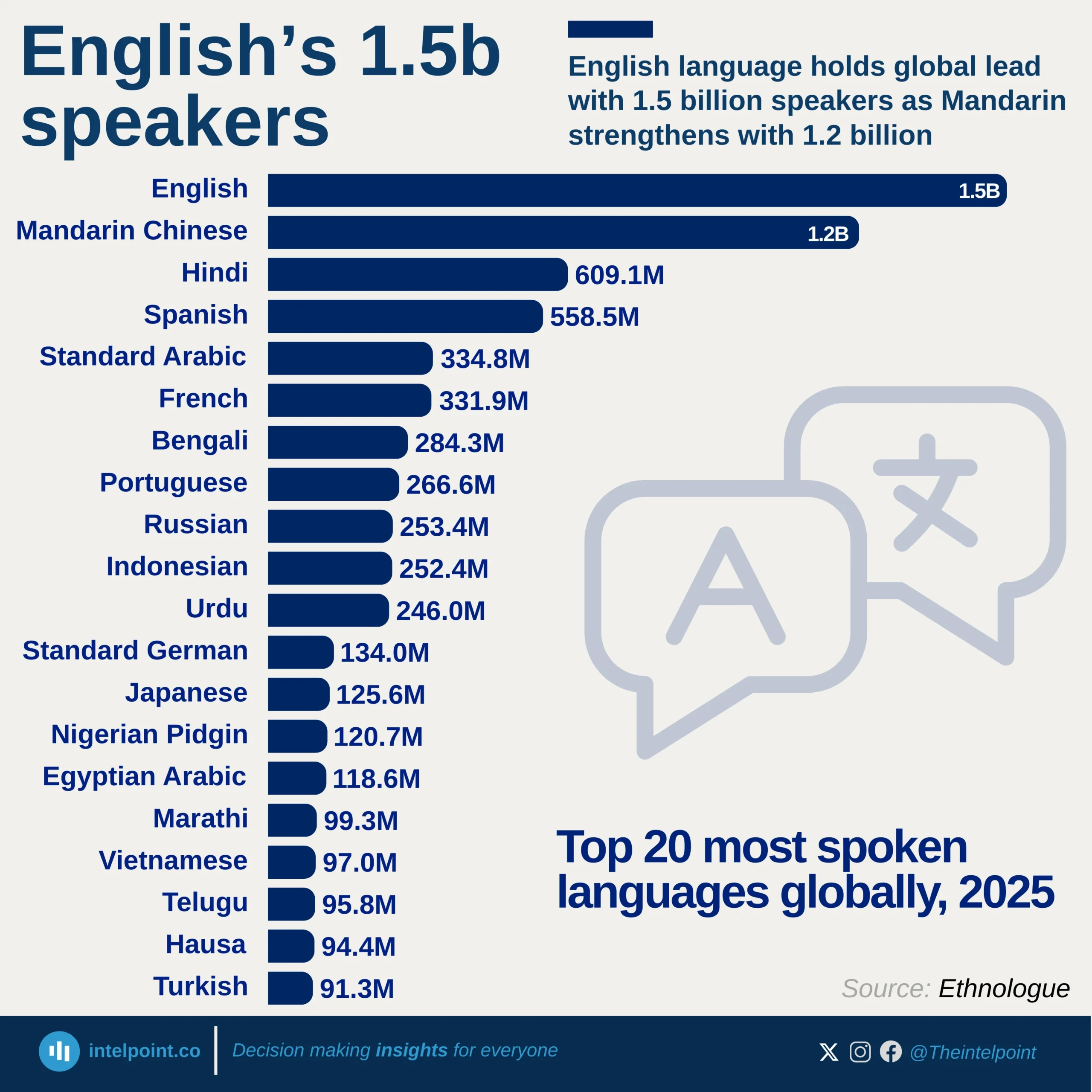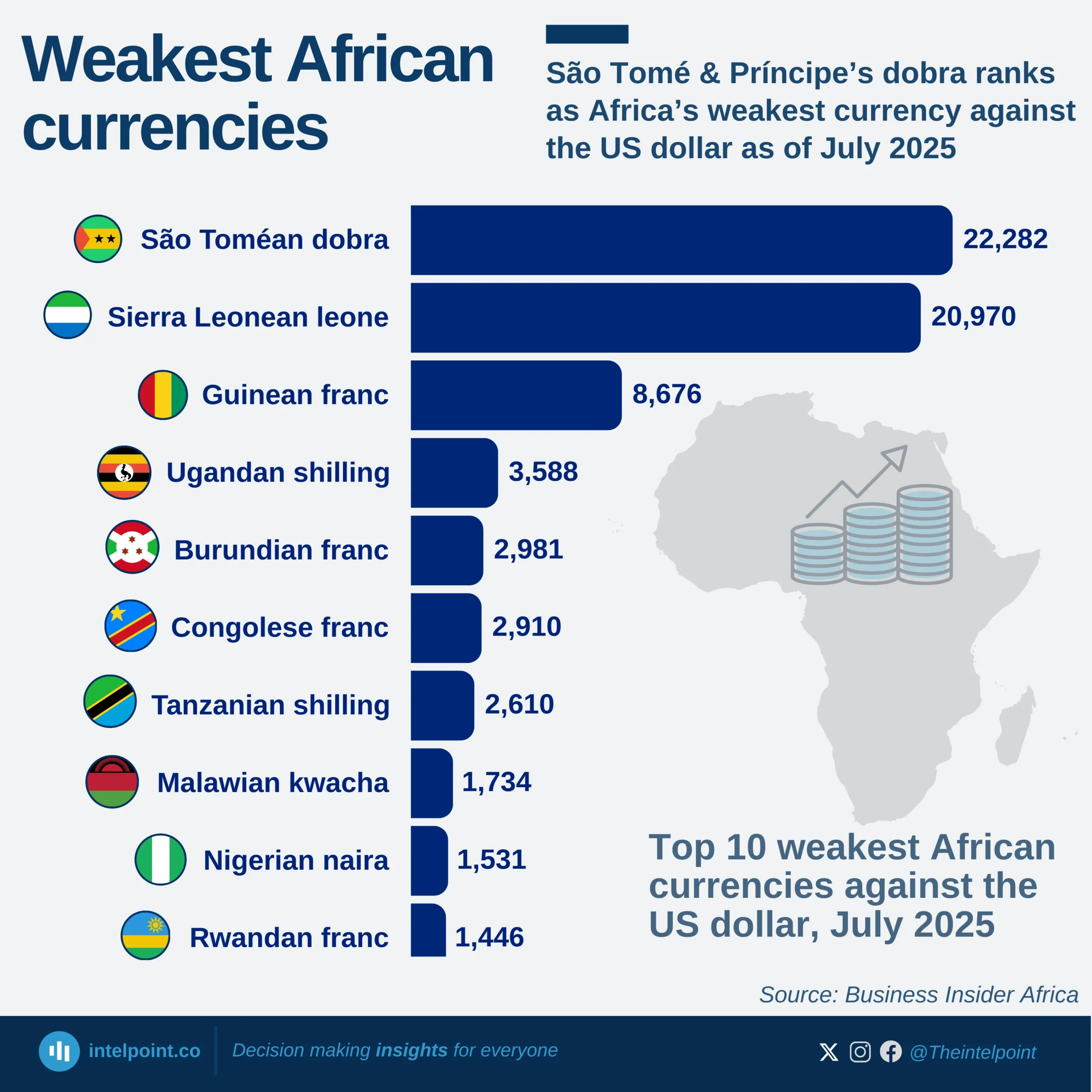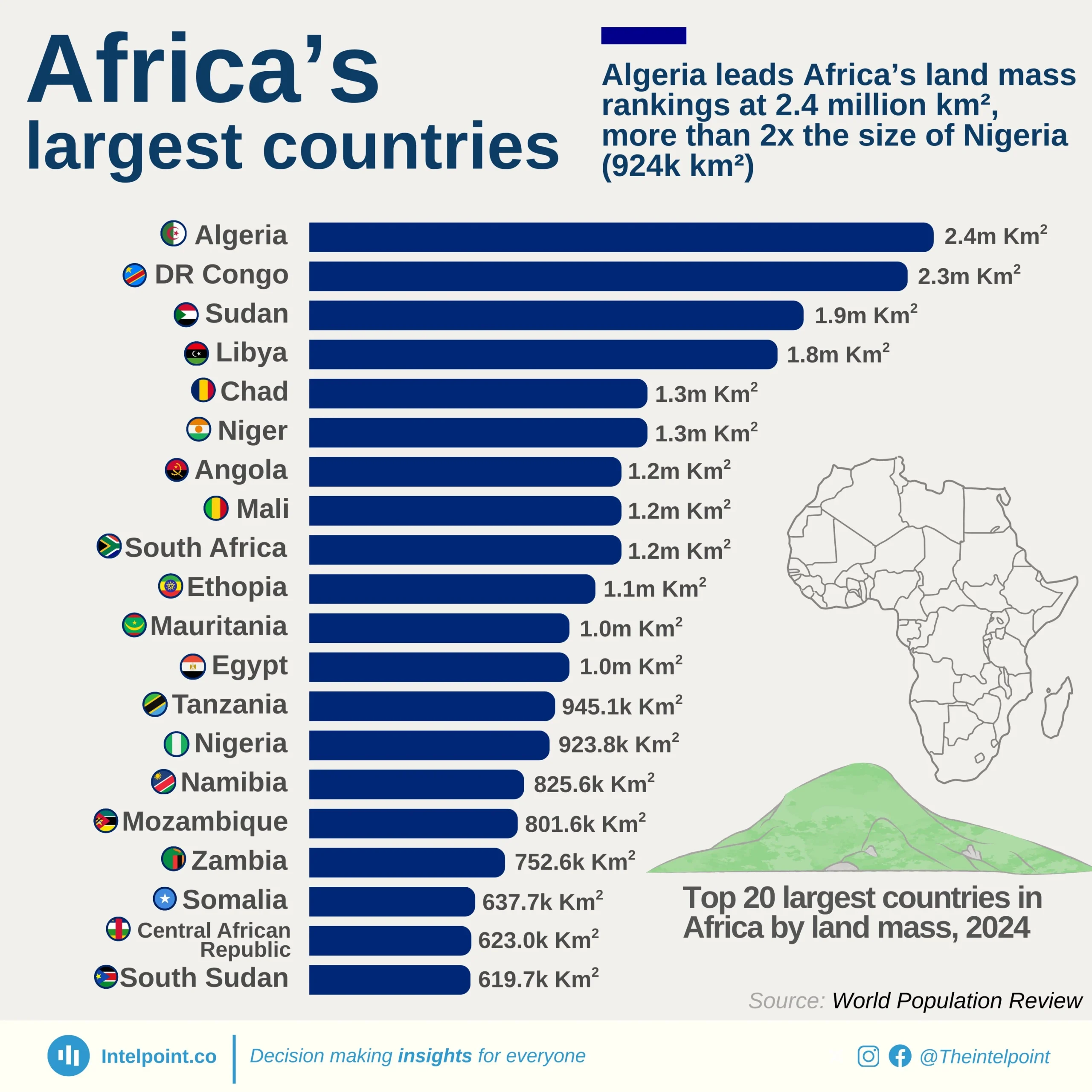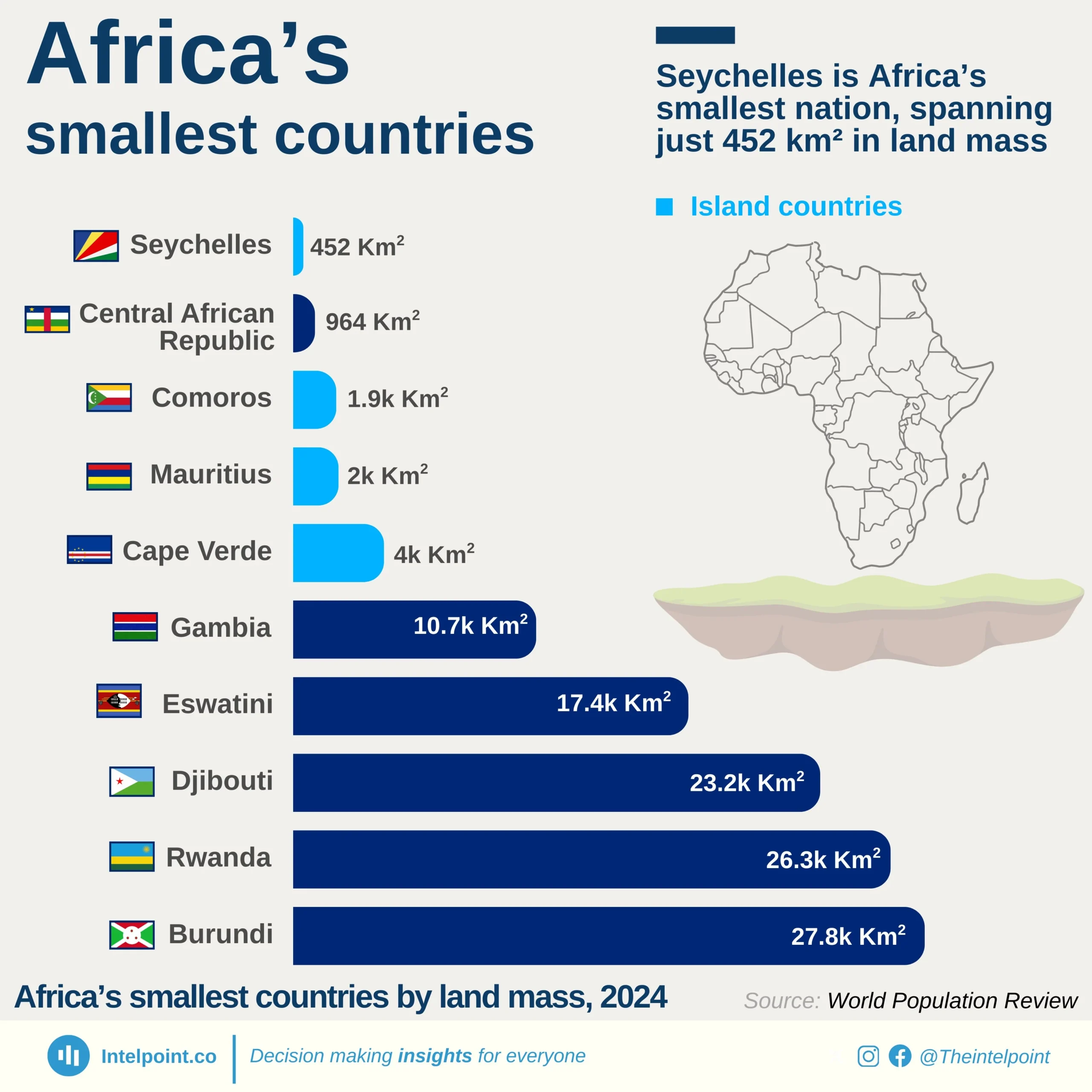Egypt’s external debt interest payments reveal a dramatic shift in recent years. For decades, from 1970 through 2015, the country managed a relatively stable debt service profile, with annual payments generally under $1.5 billion. This stability reflected periods of debt rescheduling and careful borrowing, though spikes were visible during global financial stress.
However, the landscape changed sharply after 2016, when Egypt entered an IMF-supported programme, liberalised its currency, and turned heavily to external borrowing to support its economy. As a result, annual interest payments soared more than six-fold within just seven years, climbing from $1.53 billion in 2016 to $9.47 billion in 2023.





